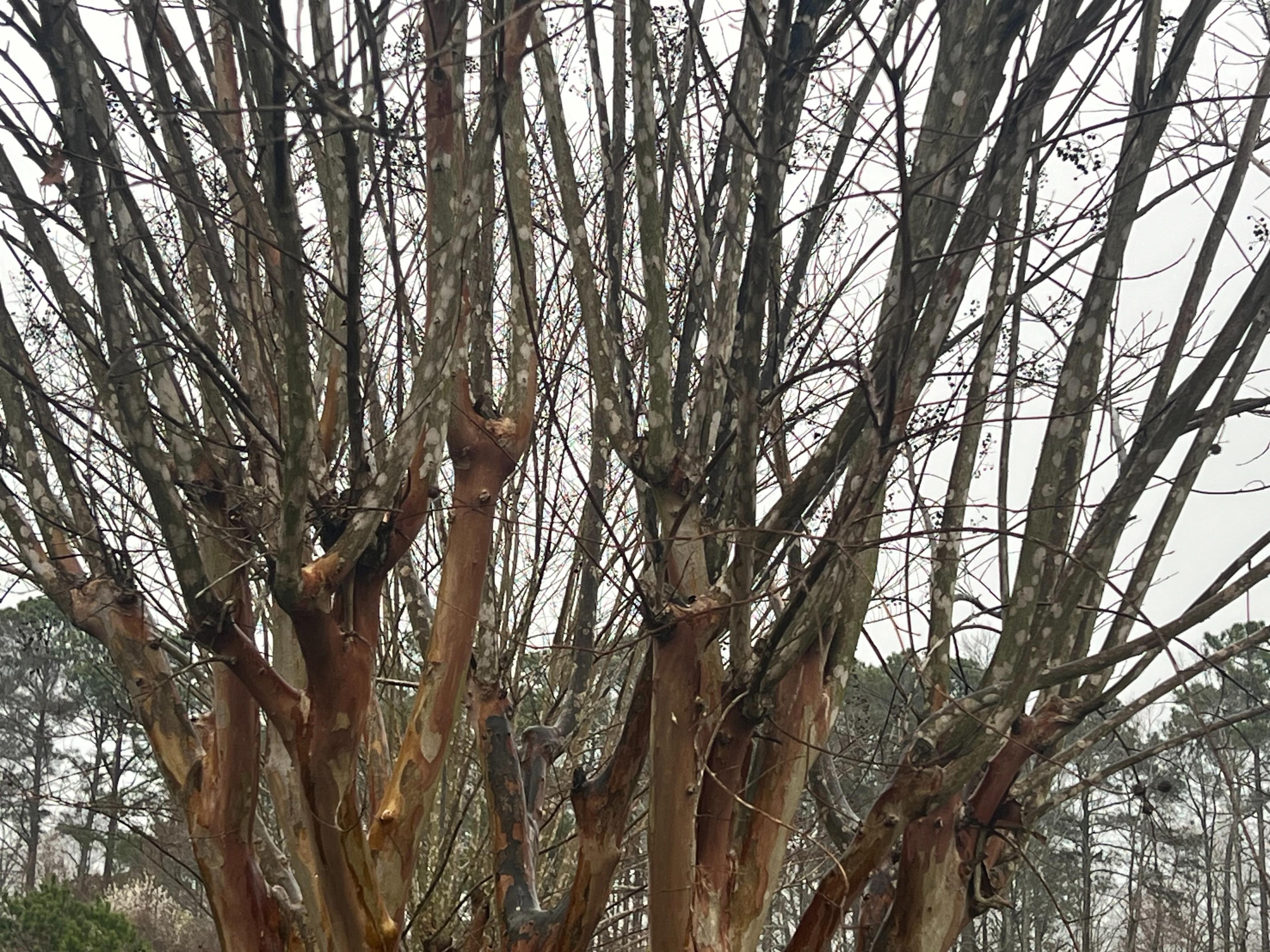The traditional approach to caring for crape myrtles in the South has undergone a significant shift. Once considered acceptable, the practice of "pollarding" or severe pruning, known colloquially as "crape murder," is now recognized as detrimental to the long-term health of these iconic trees.
Contrary to common belief, aggressive pruning does not benefit crape myrtles. Instead, it shortens their lifespan, which should ideally span over 50 years in a landscape. Although the immediate response may seem positive as crape myrtles rebound in the spring, the long-term consequences are evident.
"Crape murder" leads to the formation of watersprouts—rapidly growing, upright stems that emerge from the cut points. These watersprouts lack structural integrity, often clustering from a single point and compromising the tree's architecture. The result is a less-than-ideal silhouette, with branches prone to bending and breaking under the weight of blooms.
Despite the misconception that aggressive pruning enhances bloom size and abundance, it, in fact, has the opposite effect. Additionally, the "knuckles" formed at the cut points remain unsightly throughout the tree's life.
An example of a crape myrtle several years after experiencing crape murder.
Many justify this practice by claiming the tree is too large and obstructs views or signage. However, the solution lies in selecting the right tree for the right location. Crape myrtles come in various sizes, ranging from three to 35 feet at maturity, offering options that suit specific spaces without resorting to damaging pruning practices.
Proper crape myrtle care involves selective pruning, targeting dead, dying, and crossing branches. This promotes a healthier structure, preventing rubbing that leads to open wounds vulnerable to pests and disease. Canopy raising in the winter is advisable to enhance visibility, showcase the tree's beautiful bark, and accommodate the natural bending tendency under the weight of blooms.
In essence, responsible crape myrtle care prioritizes thoughtful pruning over aggressive practices, ensuring the longevity and aesthetic appeal of these beloved Southern trees.
 A crape myrtle property pruned to remove dead, dying and crossing branches
A crape myrtle property pruned to remove dead, dying and crossing branches
The late Cass Turnbull of PlantAmnesty put it best in a Tree Care Industry Association article: “Pollarding bears a superficial resemblance to tree topping. But then, surgery looks a lot like a mugging to the untrained eye. In both cases, somebody puts a knife in the subject’s stomach and relieves him of all his money.”